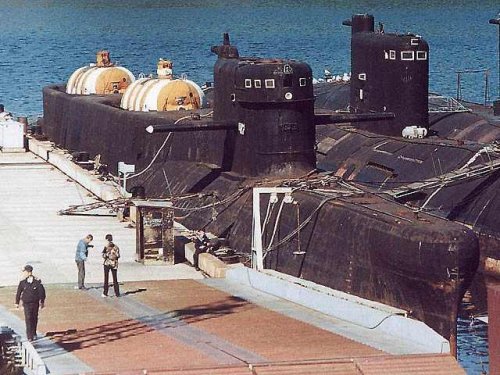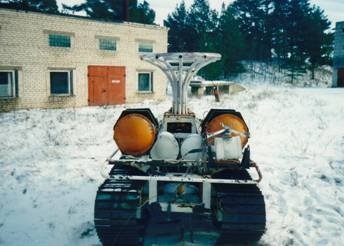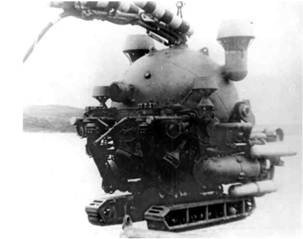- Joined
- 27 April 2008
- Messages
- 406
- Reaction score
- 128
In the Eighties there was an infamous spate of submarine incidents in Swedish waters, apparently involving mini submarines penetrating close to shore (and even inside harbour areas). From the reports at least some of these would appear to have been fitted with Caterpillar/Tank style Tracks enabling them to crawl on the bottom (such alleged tracks were seen and photographed).
Ola Tunander's book is about the best account IMO of the intrigues going on around this time (http://www.amazon.co.uk/Secret-War-Against-Sweden-Submarine/dp/0714682756).
Although mainstream reports would have these mini-subs as inevitably being of Soviet or Russian origin (inc. tales of seeing 'Spetsnaz' frogmen ashore and such), there was certainly more going on than met the eye and Western nations may well have been involved....
I've never been able to find pictures of such vehicles (but had a fascination at the time and still do), so quite simply: does anyone have any?, or might anyone have further to add?
In the book there is a hint of such tracked subs being possibly of Italian design?
(Nothing on NR-1 or other American mini-subs please: these are very well known)
Ola Tunander's book is about the best account IMO of the intrigues going on around this time (http://www.amazon.co.uk/Secret-War-Against-Sweden-Submarine/dp/0714682756).
Although mainstream reports would have these mini-subs as inevitably being of Soviet or Russian origin (inc. tales of seeing 'Spetsnaz' frogmen ashore and such), there was certainly more going on than met the eye and Western nations may well have been involved....
I've never been able to find pictures of such vehicles (but had a fascination at the time and still do), so quite simply: does anyone have any?, or might anyone have further to add?
In the book there is a hint of such tracked subs being possibly of Italian design?
(Nothing on NR-1 or other American mini-subs please: these are very well known)






